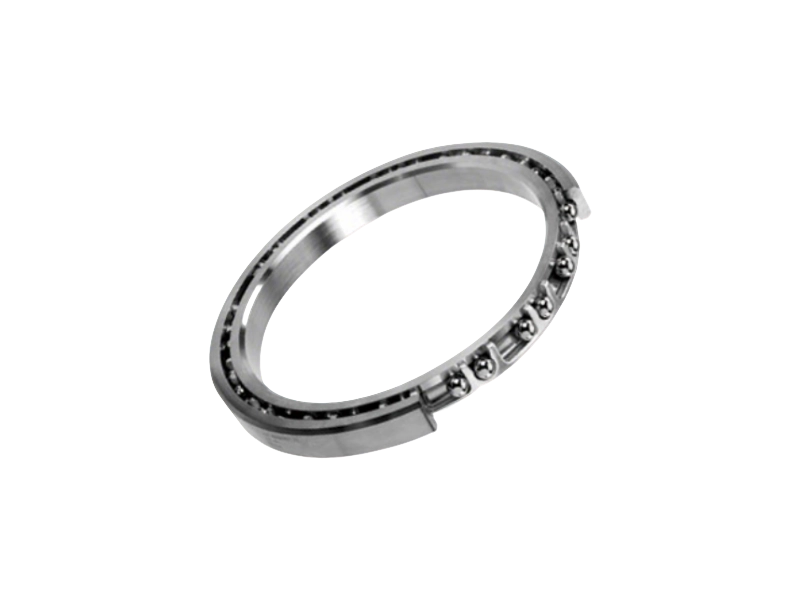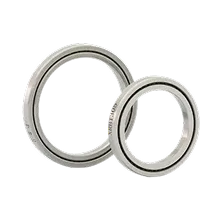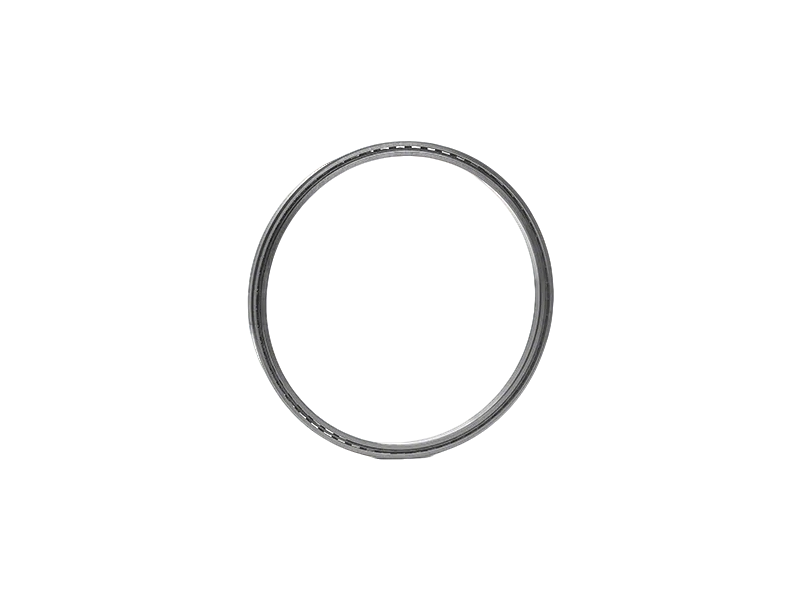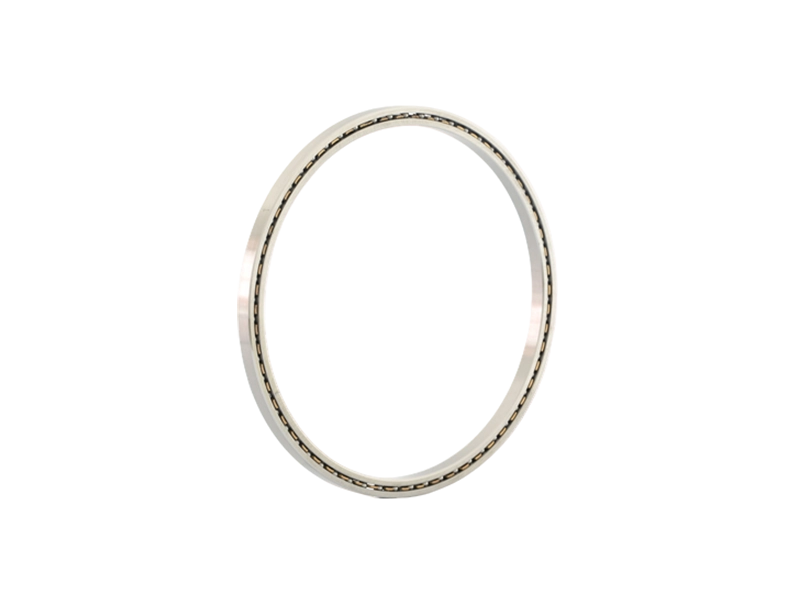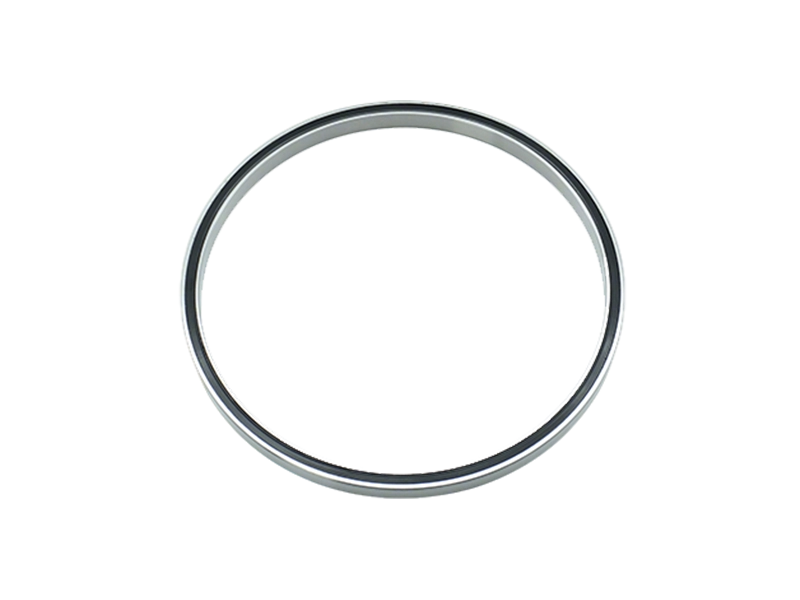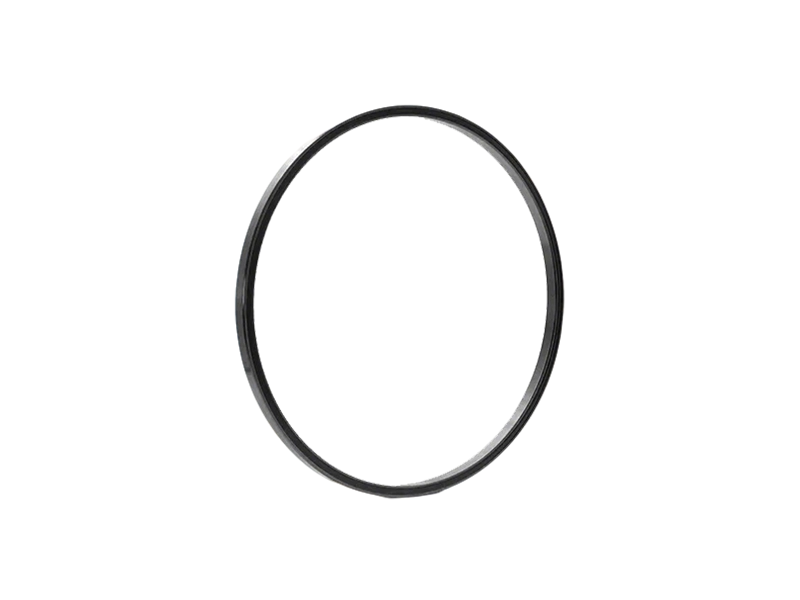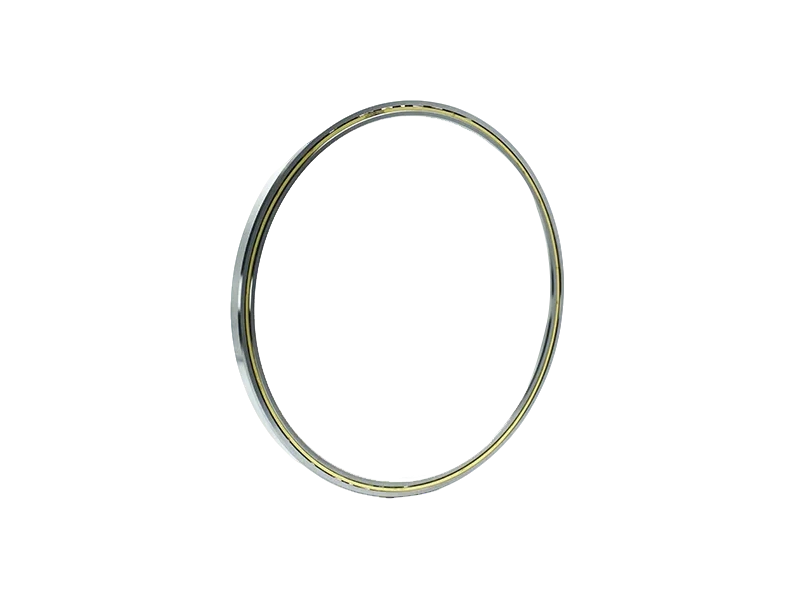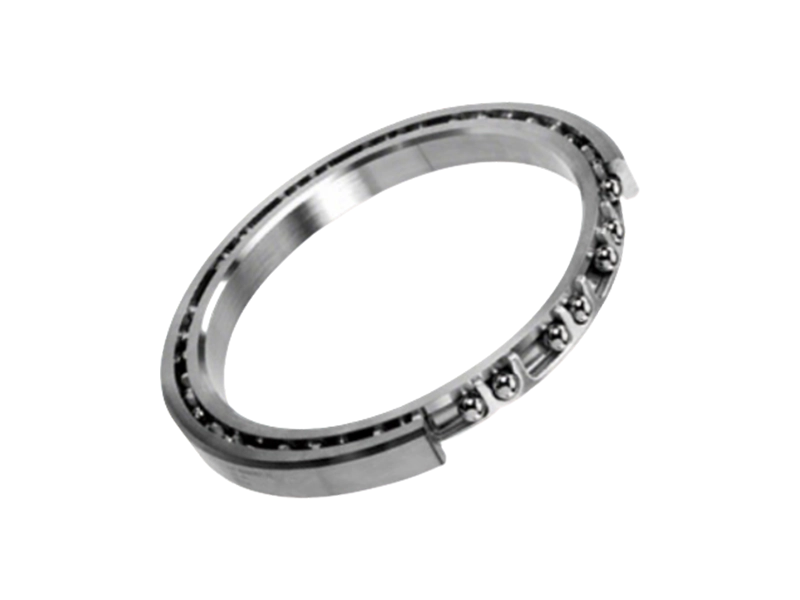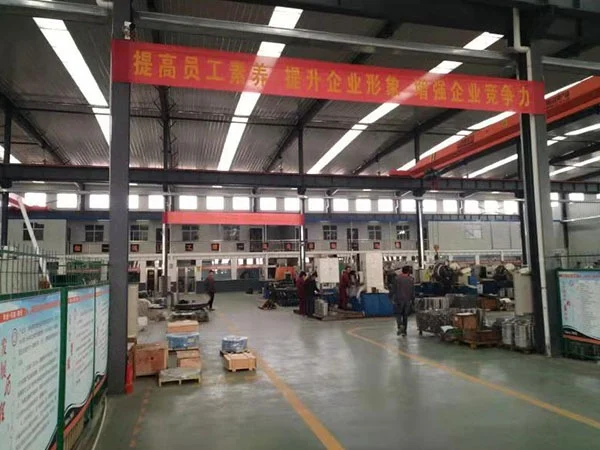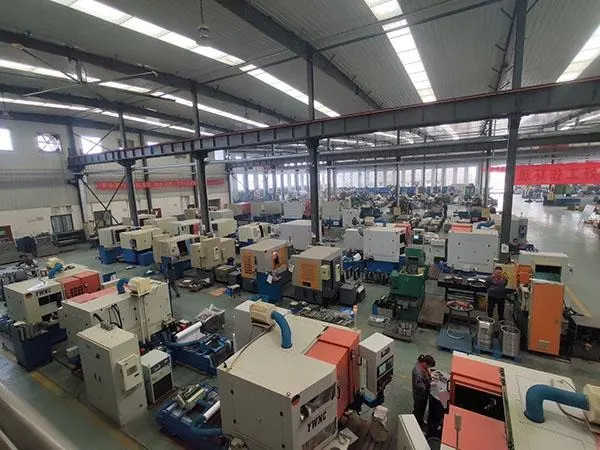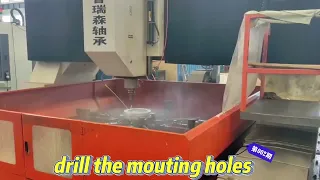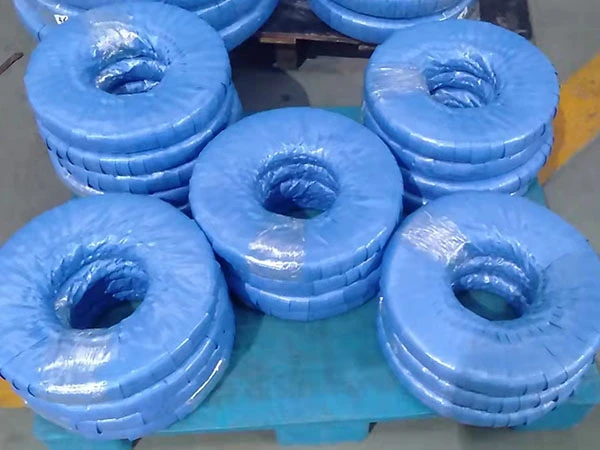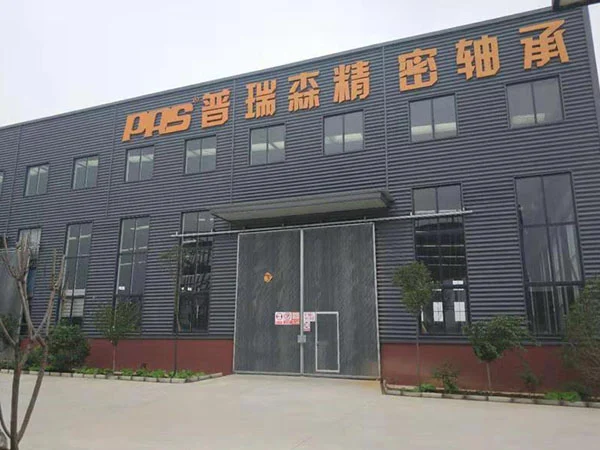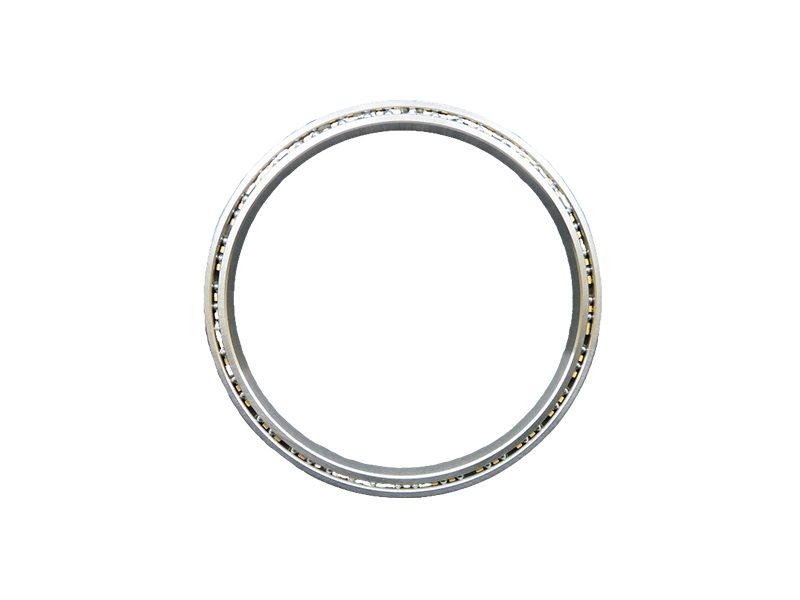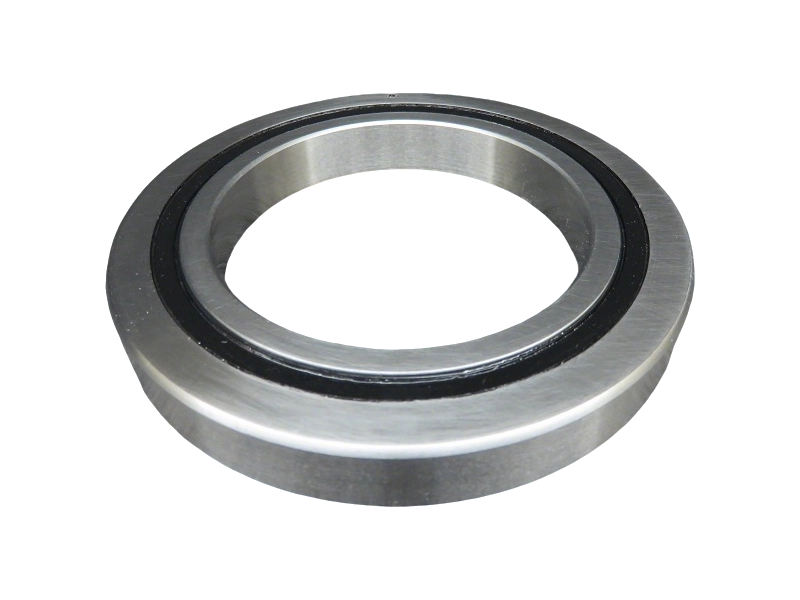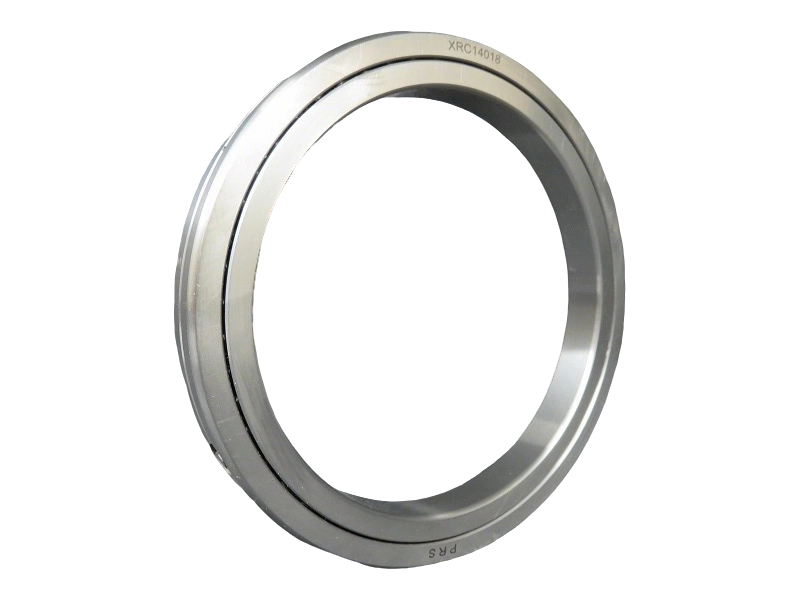1. Preparation & Handling
Always keep bearings, shafts, and housing surfaces clean, dry, and free of debris or oil residues. Any contamination can lead to premature failure.
Inspect components carefully—remove burrs, dents, or rust on the shaft or housing seat before installing your thin‑section ball bearing.
Store bearings in the original packaging, flat and supported for larger/delicate thin‑wall rings, opening only right before installation.
2. Measurement & Fit Selection
Use precision gauges to measure the shaft, housing bore, and bearing dimensions. Thin-section bearings are especially sensitive to tolerances, so accurate fits are critical.
For bearings with bore diameter ≤ 100 mm, a tolerance grade of IT6 is recommended; for series 7–9, IT4 cylindricity may be even better.
Shaft fits: use a light press/interference fit for the inner ring. Housing fits often allow a loose or floating fit, especially when thermal expansion is expected.
3. Lubrication & Pre-Heating
Apply a thin film of oil or grease as specified by your bearing manufacturer. Avoid over-packing grease, which increases temperature and friction.
For interference fits on the inner ring, gently heat the bearing (e.g., oil bath or induction heater) up to about 120 °C (248 °F) to expand it—never exceed that temperature.
For outer-ring press fits using shrink fit, bearings may be cooled (e.g. with dry ice), but keep surfaces dry and protected from condensation.
4. Mounting Procedure
Press fittings: use correct mounting sleeves/tooling that only apply force to the inner ring when pressing onto the shaft, and only to the outer ring when pressing into the housing. Never push on the wrong ring—this avoids damage to raceways.
Simultaneous mounting: when both shaft and housing require tight tolerances, press through both rings equally using proper tools to avoid ring distortion.
5. Alignment & Axial Fixing
When installing multiple bearings (e.g. duplex angular-contact pairs), ensure proper alignment using dial indicators or laser tools—misalignment drastically reduces bearing life.
Secure the inner ring axially when required—use locknuts, end‑caps, or retaining rings tightened to specified torque values.
If preload is needed (e.g. duplex sets), adjust using shims or springs according to manufacturer guidelines.
6. Final Checks & Run-In
After mounting, rotate the assembly by hand to confirm smooth operation, no binding, minimal noise, or roughness.
Conduct a run-in period while monitoring temperature, vibration, and noise levels. Follow OEM recommendations for initial operating hours.
 XRT Series Crossed Tapered Roller Bearings
XRT Series Crossed Tapered Roller Bearings XV Series Crossed Cylindrical Roller Bearing
XV Series Crossed Cylindrical Roller Bearing XRU Crossed Roller Bearings
XRU Crossed Roller Bearings XRSU Crossed Roller Bearings
XRSU Crossed Roller Bearings XRE Crossed Roller Bearings
XRE Crossed Roller Bearings XRC Crossed Roller Bearings
XRC Crossed Roller Bearings XRBH Crossed Roller Bearings
XRBH Crossed Roller Bearings XRB Crossed Roller Bearings
XRB Crossed Roller Bearings Ultra Thin XRBS Crossed Roller Bearings
Ultra Thin XRBS Crossed Roller Bearings Ultra Thin XRA-C Crossed Roller Bearings
Ultra Thin XRA-C Crossed Roller Bearings Ultra Thin XRA Crossed Roller Bearings
Ultra Thin XRA Crossed Roller Bearings XRBC Crossed Roller Bearings
XRBC Crossed Roller Bearings























